The Safest and Most Dangerous Countries to Visit
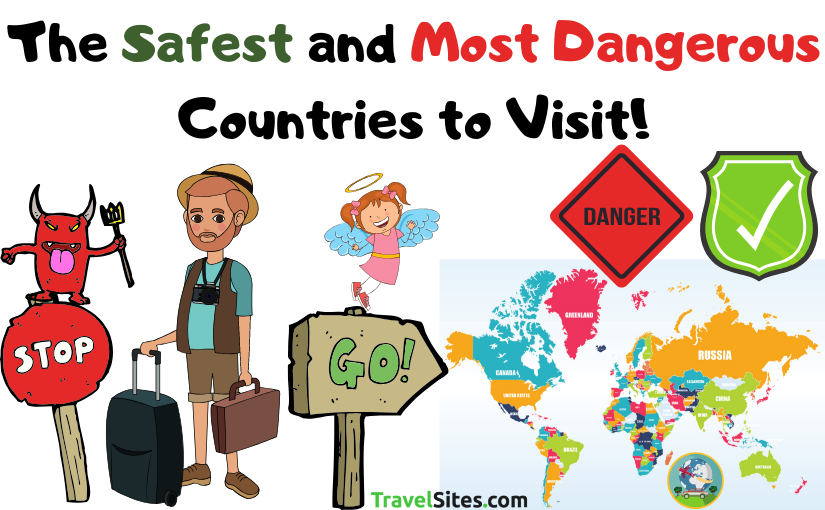
Travel safety is no joke. While it would be wonderful to see all the different sights and sounds that our diverse world has to offer, there are also some safety issues that you might want to take into consideration before you start to pack your bags. After all, the last thing you’d want would be to find yourself in a shady situation in a country you hardly know.
Before you book your flight, it pays to know where you’re going. Coming equipped with the right knowledge means you can prepare for the worst and stay scot-free throughout your trip. So, what are the safest and most dangerous countries around the globe? Here’s a comprehensive list.
The Global Peace Index
To give you an accurate representation of safety, we’re using the Global Peace Index (GPI) – a measure used by the Institute for Economics and Peace to designate the relative safety of 163 independent states and territories around the globe.
It uses 23 different items to measure peacefulness and safety across different countries including levels of violent crime, level of perceived criminality in society, and number of homicides, among others.

The Safest Countries to Visit
Iceland
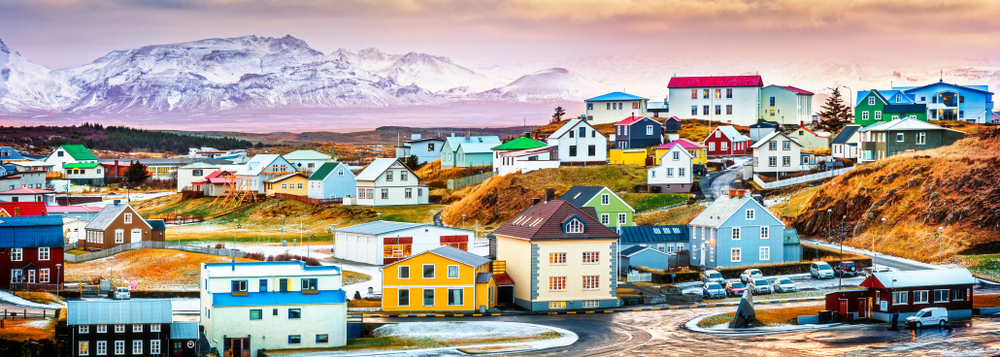
Ranked the number one safest country according to the GPI, Iceland has enjoyed its lofty position on the list for over a decade. But there’s much more to it than just their small population. Studies have found that locals in Iceland tend to identify with one another, blurring the impact of a class system. In effect, people have a higher level of empathy for one another, dramatically reducing the risk of crimes in lower socioeconomic classes.
On top of that, Iceland also puts firm attention on preserving welfare, health, and education, which has helped to cushion the impact of potential social impacts. In essence, the Icelandic population is well-cared for, fostering a sense of community and unison which helps to create a safe, well-rounded community for all – including travelers.
New Zealand
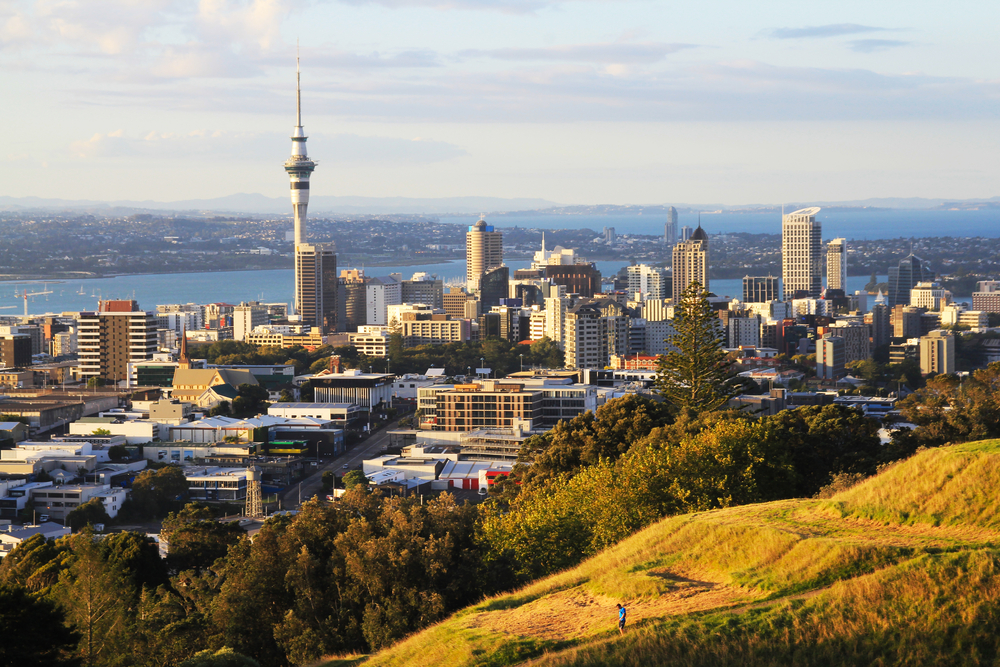
As the second safest country according to the GPI, New Zealand is home to an open-minded community that’s generally accepting of different cultures, belief systems, and ethnic backgrounds. Tourists are unlikely to draw attention and may very well feel like one of the locals thanks to the community’s hospitable and friendly disposition.
With low crime rates and a reliable police force, a trip to New Zealand can feel like a walk in the park. Perhaps the biggest danger you should consider is the Kea – a parrot-like bird that thrives in the country, feasting on rubber car parts when given the chance.
Portugal
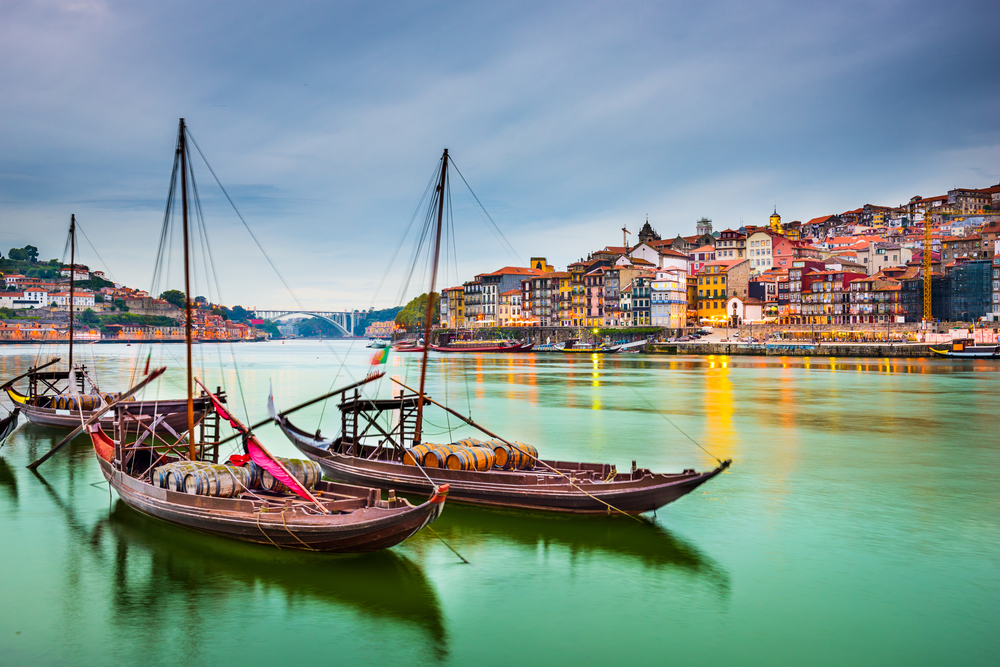
Sure, crime isn’t non-existent in Portugal, but it could very well be. The country enjoys a high seat on the GPI, ranking in number three just after New Zealand. For the most part, the nation has their diverse population to thank.
With a large percentage of their total community coming from neighboring countries, the varied nationalities have killed off racism and discrimination. Tourists can enjoy zero ethnic conflicts and separatism, making the country a safe haven for visitors of all backgrounds. Violent crimes are almost unheard of in Portugal. And it is worth mentioning that women generally feel safer on their streets than most other countries.
Austria
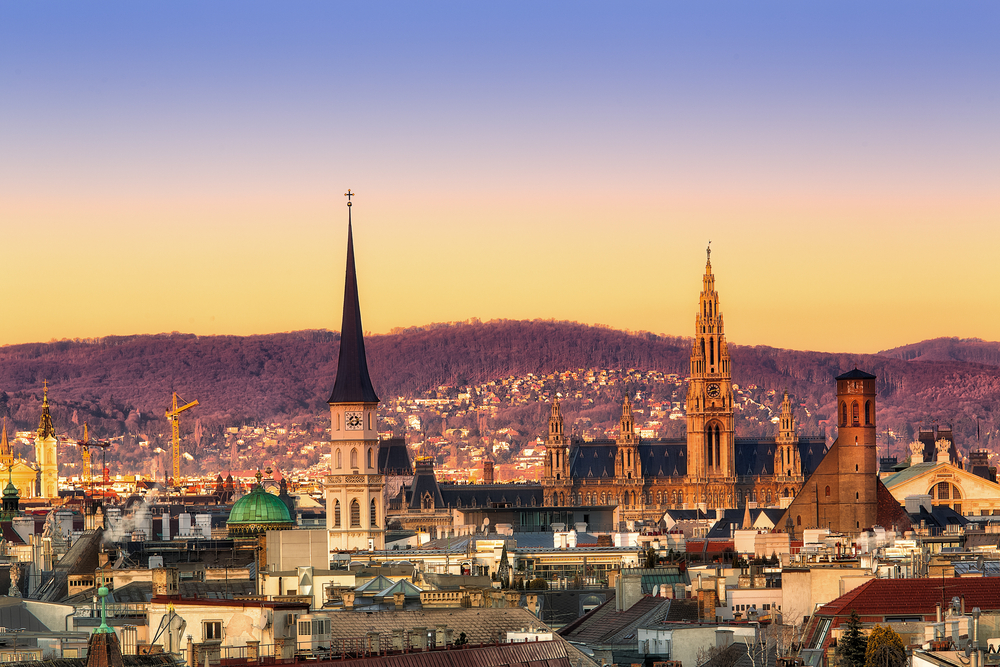
Coming in at fourth place on the GPI, Austria is a country that enjoys a relatively low street crime level. Virtually non-existent, petty theft and robbery are highly unlikely, but there have been incidents concerning tourists in the past. Nonetheless, walking the streets of Austria can be impeccably problem-free, especially if you take the necessary precautions.
With a low risk for pickpockets, mugging, scams, terrorism, and sexual assault, Austria might just be the ideal place to visit for solo travelers, even on their first trip abroad all by themselves.
Denmark
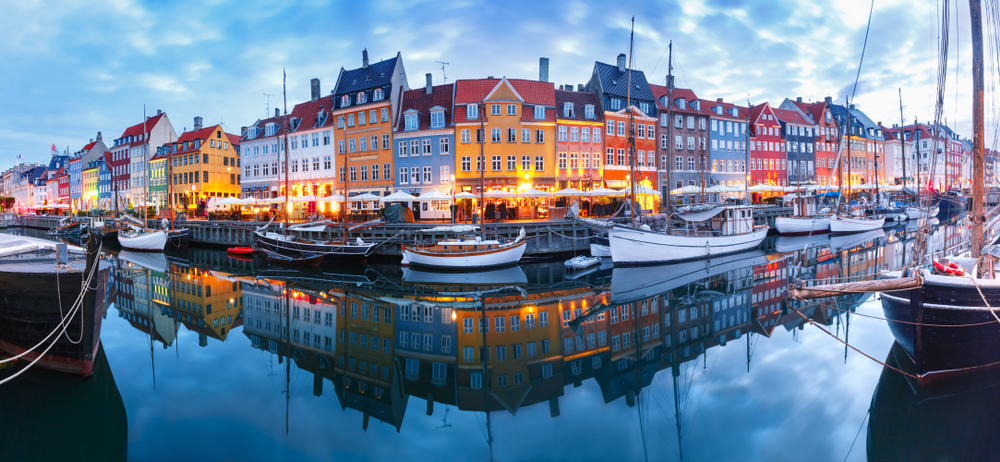
The fifth safest country according to the GPI is Denmark. With low crime rates, tourists in Denmark can navigate the country with relative safety. Of course, there have been instances of pickpocketing, but with the right preparation and common sense, it can be incredibly easy to curb the risk.
Most tourists who have been victims of pickpocketing in Denmark claim that public transport is usually where it happens. Being mindful of your belongings at all times can help significantly reduce the risk. It’s also worth mentioning that women can also enjoy relative safety on the streets of Denmark where catcalling and sexual assault are rarely ever a problem.
Canada
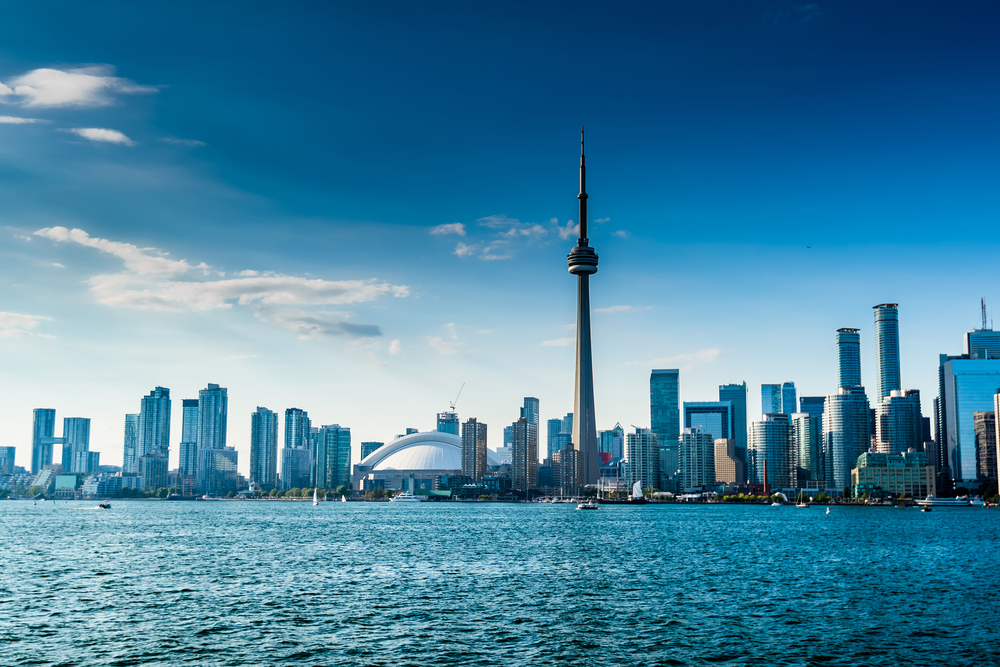
Traveling to Canada can feel a lot like paying a visit to your polite cousin’s home. The people are gracious, friendly, and hospitable, making tourists feel warm and cozy despite the relatively cold climate that the country experiences all year round. Of course, there have been records of street crimes, but most of these instances occur towards the northern regions. Staying out of the north can significantly reduce your risk.
Police and other emergency responders are widely trusted, and even tourists can enjoy prompt and thorough assistance from such services. The most common crimes (although still occurring at a very low rate) are property crimes, which tourists don’t really have to worry about.
Singapore
Walk through the streets and malls of Singapore and you’ll notice one thing – there aren’t any security guards or police officers on detail. Why? Well, as the seventh safest country according to the GPI, Singapore’s population is heavily guarded. The government employs a range of tactics that make it incredibly easy to catch lawbreakers, and penalties are incredibly steep, so no one dares attempt any funny business.
On top of that, the government also heavily regulates their people. They put quotas on income generation, making it so that members of the community strive towards strict income requirements. This helps keep everyone above the poverty line, drastically reducing the chances of petty crimes.
Slovenia
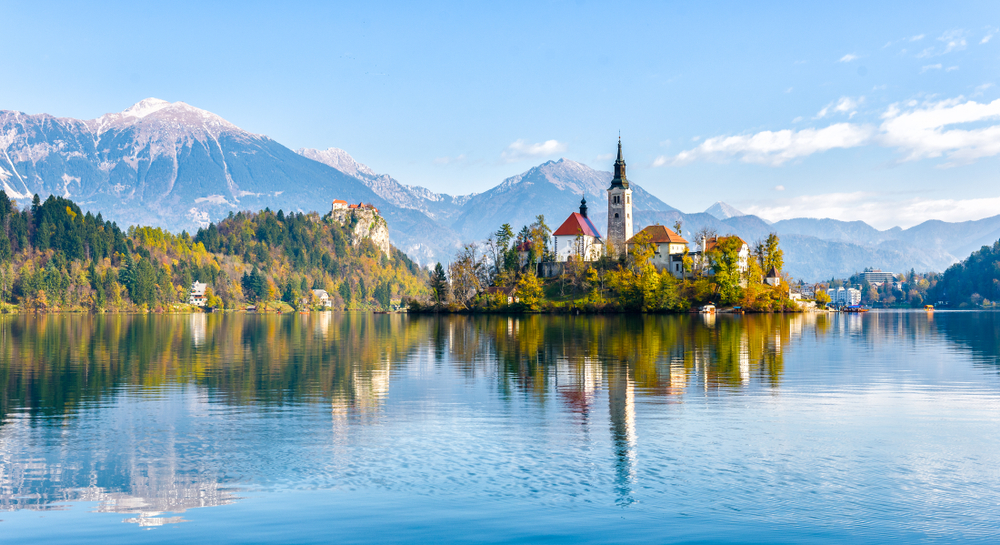
Ranking at number eight, Slovenia enjoys low crime rates and it’s highly unlikely that anyone will have a run in with violent crimes. While there have been instances of pickpocketing and bike theft among tourists, it’s still unlikely that you’ll have the same experience.
A little common sense and familiarization with the potential risks and dangers can greatly reduce your risk for any sort of untoward incident. Keep an eye on your stuff, lock your car, and chain your rented bike – that’s about all you need to worry about when you’re making your way through Slovenia.
The Most Dangerous Countries to Travel
Egypt

There’s something about the charm of ancient ruins and pyramids that might draw a tourist to Egypt but take heed – the country isn’t exactly the safest place to go. Ranked 136th on the GPI, Egypt has seen quite a number of terrorist attacks in recent years. Although these haven’t been targeted at tourists, it is quite possible to get caught up in the crossfire.
It’s also worth mentioning that Egypt does see its fair share of street crimes and scams. Overly helpful locals offering to show you a shortcut to your destination might seem really tempting but be cautious. It’s usually a trap to get you to pay up or spend money to their profit.
India
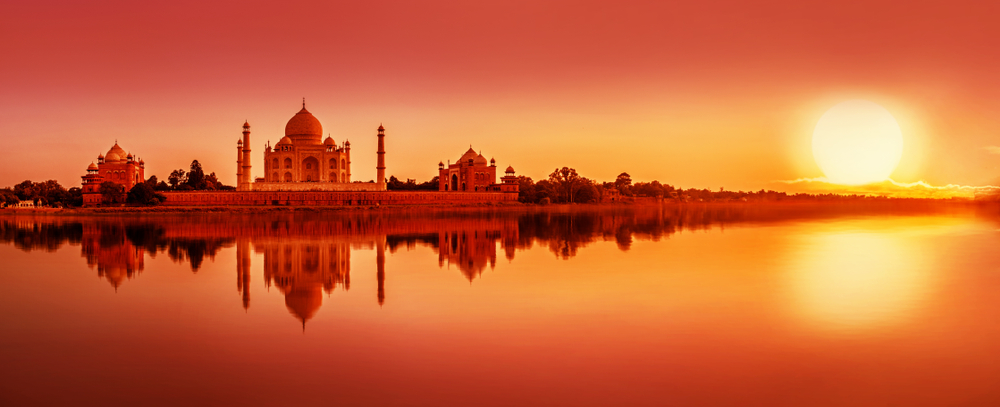
Boasting beautiful temples, palaces, and parks, India might just be the quintessential destination for budget-conscious travelers. But it might take more than a little common sense to stay safe on the streets of this bustling country. Coming it at 141st on the GPI, there are a lot of scam-artists in India hoping to take advantage of unknowing tourists.
Pickpocketing, rip-off taxis, and unwanted attention directed at female travelers can make it feel relatively unsafe. Plus, travel at the wrong time of the year, and you might find yourself in the middle of a catastrophic flash flood. Do your research and be prepared for the worst before visiting this destination.
The Philippines
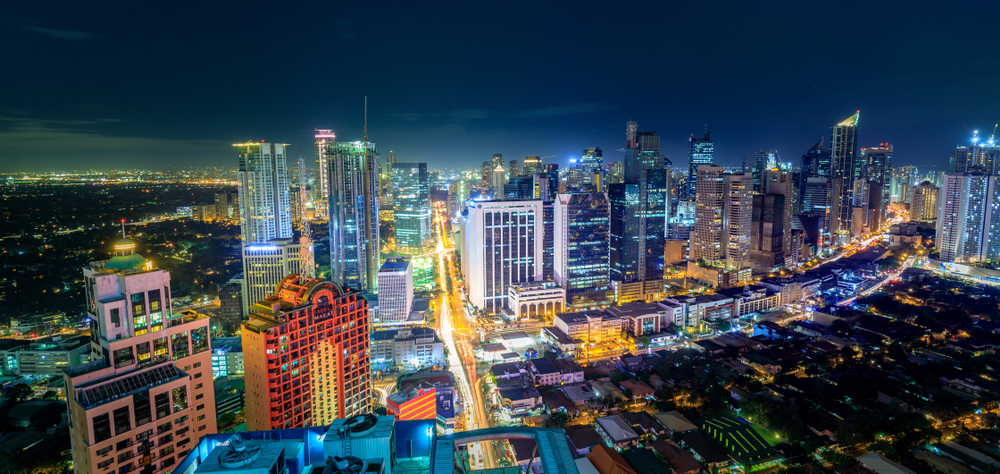
Although the Philippines is home to some of the most hospitable locals the world over, there are some areas in the country that should be avoided. Certain cities down south are home to rebel groups that specifically target tourists for ransom. Staying away from these areas can help keep you relatively safer during your trip.
Aside from that, it’s also worth noting that the country’s weather can be unpredictable. Flash floods and catastrophic typhoons are usual occurrences, so make sure you plan out your schedule. It’s also important to note that exotic animals – like venomous snakes and insects – are common throughout less developed regions. Familiarize yourself with local fauna to steer clear of bites and stings.
Israel

Also known as the Holy Land, Israel might be the peak of travel for those with strong Christian beliefs. And while it might be safe if you take certain precautions, Israel still ranks pretty low on the GPI at 146. The reason for its low ranking is its involvement in war, which of course, would water down anyone’s interest in paying the country a visit.
Street crimes are pretty common, and pickpocketing is a major problem for tourists on public transport. Staying aware of your belongings at all times and bringing only the essentials can help decrease your risk. It also helps to know what to do in case of a warning siren. Sure, it’s unlikely to be set off during your visit, but it pays to know anyway.
Turkey
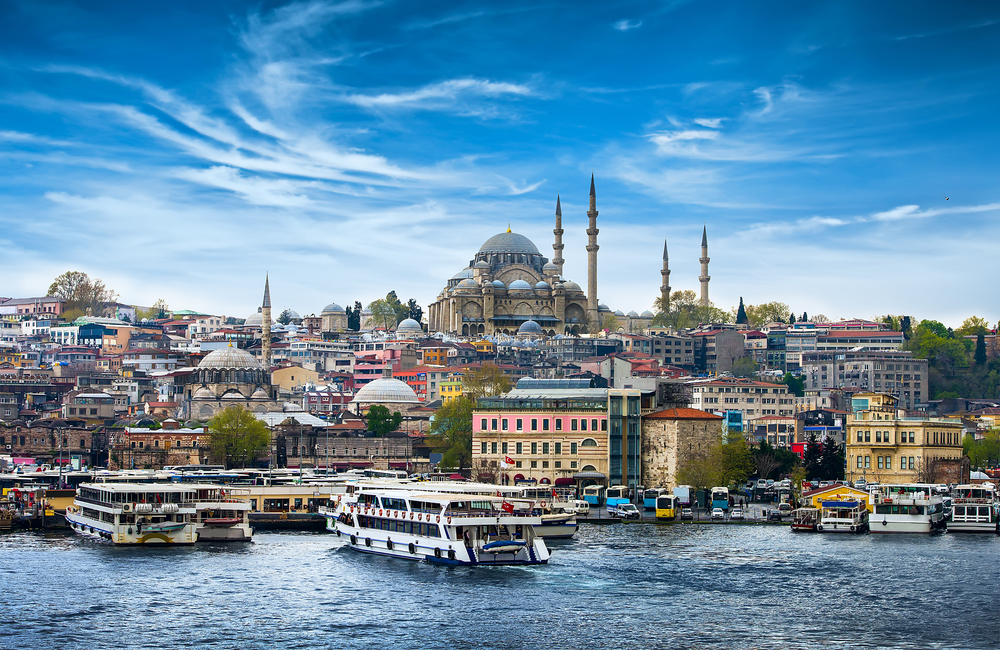
Although numerous warnings have been lifted off of Turkey by the Foreign Commonwealth Office (FCO) in recent years, there are still certain aspects of the country that call for caution. Staying vigilant in densely populated areas and on public transport systems can curb the risk for street crimes and theft.
Experts advise tourists to cooperate during police checkpoints and inspections which are common throughout the country. For members of the LGBTQ+ community, Turkish locals are relatively conservative. Avoiding public displays of affection can help limit scrutiny and unwanted attention in public spaces.
Mexico
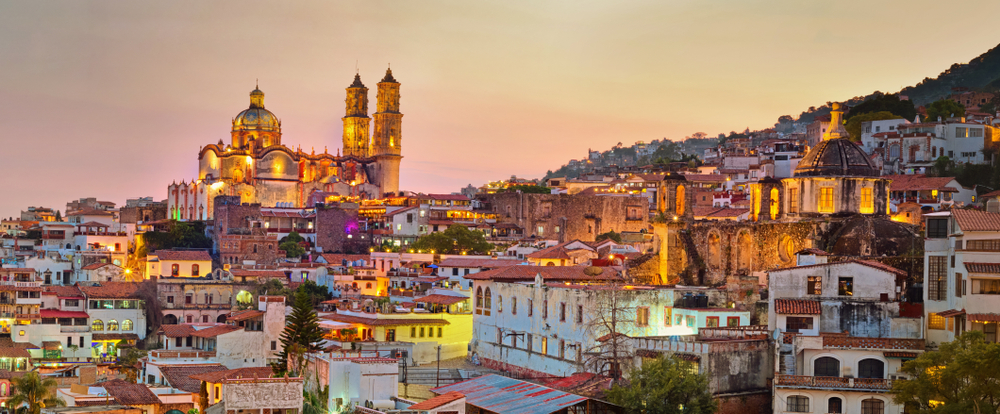
Just south of the US border, Mexico might seem like the perfect destination for travel. But at 140 on the GPI list, it pays to know that traveling to Mexico isn’t necessarily hassle and risk-free. Research your destination and avoid areas associated with high levels of street and violent crimes. And of course, be vigilant at all times to reduce your risk.
Whenever possible, avoid taking crowded commute systems like buses and trains, and opt for private options instead like taxis. While you might still be at risk of scams and rip-offs, it does prevent the chance of a confrontation with pickpockets or thieves on the streets.
Thailand
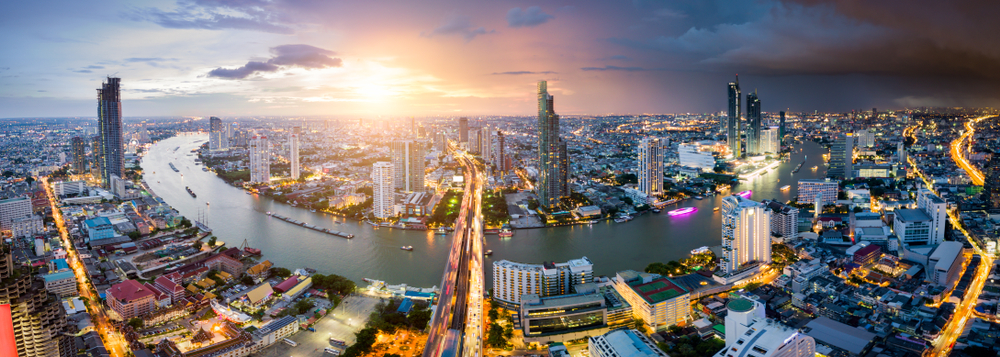
Thailand has become more and more popular as a budget friendly travel destination in recent years. However, this emerging second-world country isn’t completely free from dangers especially if you’re a tourist. Ranked at 117 on the GPI, visitors traveling through Thailand are at high risk of scams and street crimes like mugging and pickpocketing.
For the most part, opportunistic locals might be interested in conning you out of your cash. Familiarize yourself with the typical scams that these unscrupulous individuals might put into action and be aware of the tell-tale signs of their modus operandi. If at all possible, bring only the essentials and stay vigilant on public transport. Avoid walking alone at night and always opt to travel through main roads instead of shady side streets.
United States
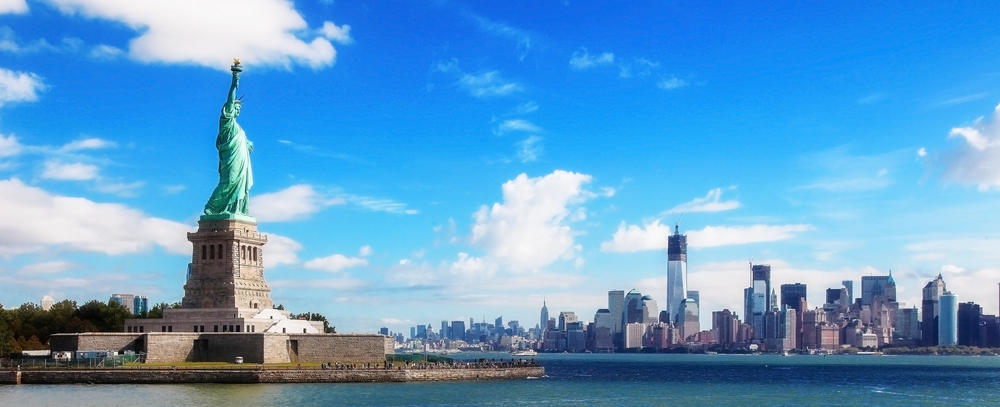
Although often considered one of the superpowers across the global economy, the United States doesn’t actually rank too high on the GPI. Coming in at number 128, the USA can be dangerous even for citizens hoping to see some of the other states in their home country.
Street crimes and petty theft are rampant throughout the streets, and violent crimes are also pretty common. Maintaining an awareness of your surroundings can significantly reduce your risk of becoming a victim.
If you’re traveling through the US, stay out of shady low-income neighborhoods. Opt for natural parks and hiking trails as much as possible. On that note, you might also want to consider familiarizing yourself with local fauna. Some areas, especially in the west coast, are known for venomous snake and bug species that can make them slightly more dangerous for the unknowing traveler.
Final Thoughts
We all want to see the world but taking the necessary precautions before you make the trip should help keep you safe along the way. With the right measures and practices, you can stay secure in even the lowest ranked countries on the GPI’s list.
Research possible scams, know what to expect during the time of year you intend to travel, and stay updated on the latest news to get a better idea of the current political and social climate where you’re going. In doing so, you can come prepared and curb a lot of the associated risks that you might anticipate.